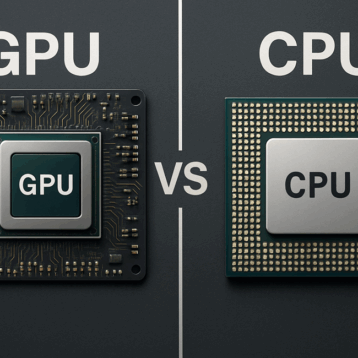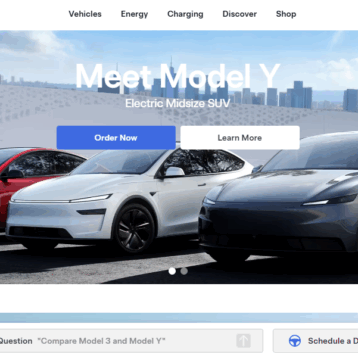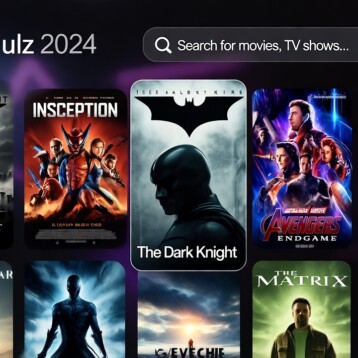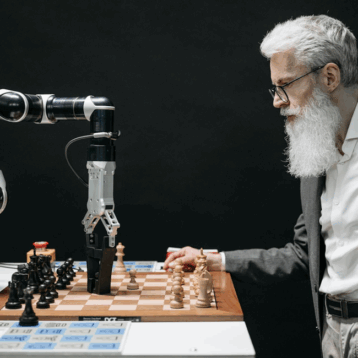Extended reality (XR) is one of the emerging technologies in 2022. The dream of incorporating VR (virtual reality) and AR (augmented reality) into our daily lives is becoming even more apparent as we advance. The merging of the physical and virtual worlds will vastly change everyday life. Today, we explore how XR is transforming the future.

What Is XR?
XR, is a technological form that combines VR and AR. Mixed reality (MR), a combination of AR plus VR, is sometimes used as an interchangeable term for XR. However, not all XR is MR for the following reasons:
- The human-screen interface is modified using XR
- VR blends users into virtual reality
- AR augments the user to the created surrounding
Extended Reality Vs. Virtual Reality
VR is a subset of XR. Virtual reality is used to provide an immersive gaming/computing experience. This is made possible by taking over the user’s field of sight to display a virtual environment. A headset and a smartphone may sometimes be enough to do so.
- All VR is XR
- All XR is not VR, since superimposed game characters will be considered AR
Extended Reality Vs. Augmented Reality
AR is also a subset of extended reality. Augmented reality makes use of the physical environment and makes use of visual elements to make it pop. This is as simple as viewing a game character in your living room.
- All AR is XR
- All XR is not AR since anything virtually created and has not been augmented into physical reality will be called VR
How Is XR Advancing in 2022?
There is no clear answer to what the future holds, but with the advancements we have made so far, it is evident that XR will soon become a massive part of our everyday lives. Better smartphone processors with higher-end cameras and 5G network incorporation is setting the ground for better AR and VR experiences on our smartphones in the near future.
Current Advancements in XR
Let’s examine a few advancements that are just around the corner or have already rolled out for users worldwide:
LiDAR Technology
The Apple iPhone 12 and iPad Pro have been embedded with LiDAR technology. Other tech is expected to use this new technology soon. LiDAR stands for Light Detection and Ranging. It is used to create a 3D map of physical surroundings to create augmented reality. Another exciting aspect of LiDAR technology is occlusion. Occlusion prevents physical world objects from breaking the augmented vision or characters.
Improved VR Headsets
Newer VR headsets will likely incorporate hand movement sensors and eye tracking technology. Hand detection will eliminate the need for game controllers and allow users to get immersed in the game. Eye-tracking technology will help produce the best resolution and image quality for a brilliant visual display. This will focus on the part of virtual reality that the player is directly looking at. Eye-tracking not only enhances the direct frame the user is looking at, but also increases equipment performance, reduces lag, and prevents nausea.
Robotic Boots
Robotic boots are a great example of new XR accessories that we can expect in the future. Ekto VR currently offers robotic boots that match the VR headsets’ sensation. These boots resemble roller skates, but have rotating discs that copy the wearer’s movements to provide an enhanced VR experience.
Full Body Haptic Suits
Direct eye focus reduces lag, increases efficiency, and prevents nausea. Haptic gloves work in the same fashion by simulating human touch through vibrations. While we currently have haptic gloves, available full-body suits are not as affordable. The TESLASUIT is great, but it is something that not every user gets a chance to experience. In the near future, we expect this tech wear to become more lightweight, effective, affordable, and mainstream.
Is XR Going to Be Merged With the Human Body?
If you have heard anything about XR being incorporated into the human body, you will be pleased to know that, similar to AR glasses, work is being done on producing AR contact lenses. AR lenses may be able to take over AR glasses even after they become cheaper, more comfortable, and more lightweight.
Mojo Vision, a startup in California, revealed in 2020 that they were indeed working on AR lenses. These will have micro-LEDs that work similarly to AR glasses but will be placed inside the human eye like ordinary lenses. The company prioritizes vision disabilities by working on features like zoom and better visual contrast.
The lenses will eventually be given more features to make them more apt for the general population. They will also be able to project data so that users can confirm digital information in a newer, exciting manner. Other features that will be added include:
- Night vision or the ability to see in reduced light
- Teleprompter for events
- Change the colors of objects and the environment around you
- Predict what future placements, constructions, or enhancements will look like before getting them done
XR Applications in Current Use
You will be surprised to know that you regularly use at least one extended reality app.This includes Google Maps; the street view offered by this application is XR, as satellites are used to help you navigate. Watching an NFL game with a bright yellow line partitioning the screen is also XR. This line is not physically present, and the creation of a virtual background indicates the use of XR.
What Future XR Applications Can We Expect?
In the coming years, you’ll notice an increased implementation of XR in various areas of life. A few examples include:
- Being able to analyze sports games
- Navigating through hospitals, shopping malls, and buildings
- Virtual educational field trips for students
- Product guides and catalog navigation
Endnote
XR is undoubtedly an interesting way to make the real world more exciting. This technology is slowly being worked upon to help connect physical reality with the virtual world. Along with better display and immersive interaction for gaming users, XR also opens up possibilities for education, sports, and healthcare.










